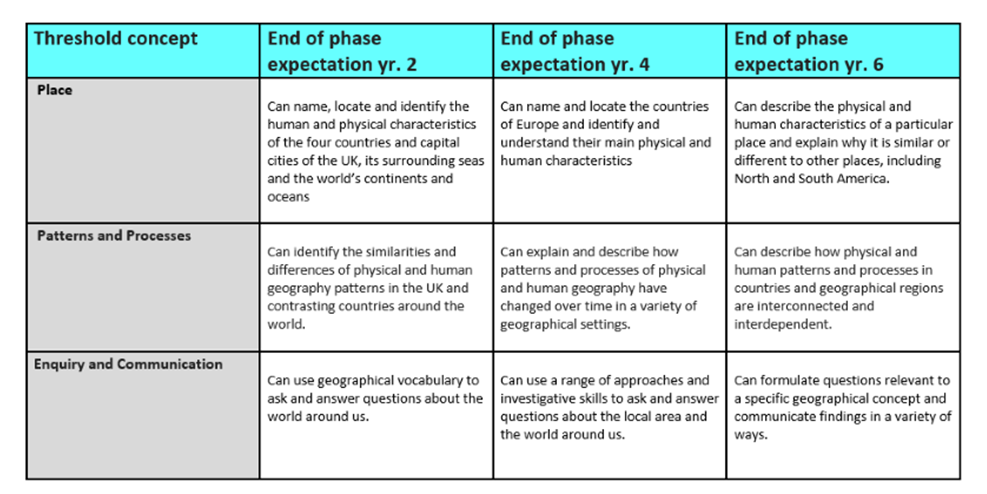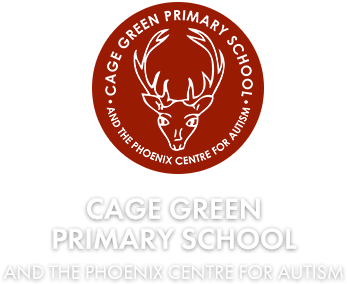How our Geography curriculum works
We love curriculum and we are enormously proud of the curriculum we have designed. If you are a curriculum nerd like us, please see below to see how it works!
The example below is for geography but this approach applies to all subjects.
It starts with the threshold concepts. These are a set of statements, taken from the National Curriculum that provide us with end points at the end of each phase. These ensure our curriculum is ambitious.

Here are our threshold concepts for geography. We have key areas which guide us with progressions between phases, ensure we have robust assessment and continuity and aid us in ensuring a cohesive curriculum.
Then we formulate our vision for the subject and write our curriculum statement and drill down on our intent. Here is geography as an example.
cage green geography progression planning.pdf
Next come the Knowledge Category documents. These expand the key areas from the threshold concepts and provide us with a thorough overview of progression between year groups, allow teachers to make links between year groups' learning and get us that sticky knowledge!
Next comes the planning. Curriculum drivers, key vocabulary (we put a BIG emphasis on vocabulary), exciting and stimulating activities and constant opportunities for assessment are embedded in the planning. Here is an example of a Year Three geography plan. The theme is Romans, but you can see that we have moved away from old style learning about what Romans wore to linking the Romans to other historical periods. Trade, climate and changing landscape are recurring themes in our geography curriculum and you can see how we link them to the Romans here. Can you see our curriculum drivers (more people, more places, more choices) embedded throughout?
romans geography planning terms 1 and 2.pdf
Next comes the children's work. Watch this space for samples of this!
Finally, comes the assessment.
We work on Lesson By Lesson
Term by Term
and Year By Year.
Lesson by Lesson
This means that teachers constantly assess as they teach. They ensure that all children have their needs met in the lesson by adapting tasks, questions, pace and expectation.
Term by Term
We do a brief assessment at the beginning of each unit. This usually involves a spider diagram with key questions or concepts that allows the teacher to gauge children's starting points. Children then complete the same spider diagram with the same prompts at the end of unit so that teachers can ensure that children make progress.
Year by Year. At the end of the academic year, we complete an assessment to ensure that children's learning has stuck across units throughout the year. Sticky learning is massively important to ensure that children are able to progress across year groups and phases. This assessment varies depending on the subject but is often an open ended task or a piece of problem solving. .
As we carry out more of our curriculum, we are also finding that we can assess across years and assess what has stuck from previous years, enabling us to go back and review and develop the previous year's learning.


